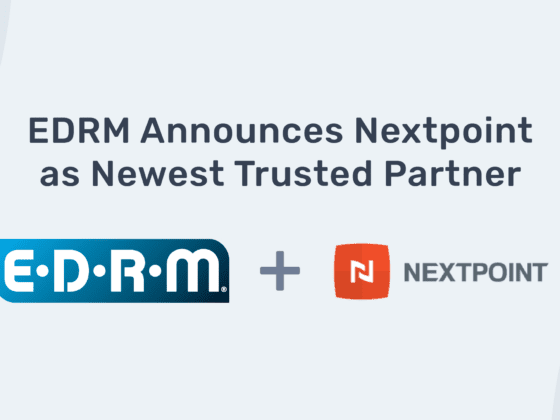The adversarial nature of the system of law in the United States is not about cooperation and playing nice.
In law school, lawyers are trained to crush their opposition. But the updated eDiscovery Rules of Civil Procedure and emerging case law actually make it not only possible to make discovery a cooperative process, but if you know how to make the rules work for you, the rules level playing field for small firms.
Ediscovery Rules
Ediscovery rules and pretrial procedures are designed to remove the risk of surprises at trial and provide a more fair contest, “by requiring disclosure of all relevant information.” However, discovery of all possible relevant information in our electronic world is not always possible. If parties try to collect and review all available information, the party with more money to spend will likely control the process. That is why small firms must work hard to keep the focus as narrow as possible.
To start, every small or solo law firm attorney should familiarize themselves with the Sedona Conference’s Cooperation Proclamation. The document promotes a less adversarial approach to discovery that’s not only practical, but has also been endorsed by judges across the country.
Begin any discovery process by meeting with opposing counsel and work towards a consensus about the scope of preservation for both sides. To avoid conflict and confusion, these negotiations should be carefully documented.
Topics of particular interest include the development of search and retrieval methods and the disclosure of data sources. Ignoring these issues may mean you miss the best chance to find data within a reasonable time frame and cost.
Nextpoint’s Ediscovery Tips:
Hammer out a phased discovery plan —
Agree to limit initial collection efforts to the key custodians so that if initial efforts do not get what is needed, then a new, expanded phase of discovery can begin. This limits the scope of discovery without handcuffing parties later.
Limit the number of custodians —
Not everyone involved in a given case will have a smoking gun email. Each custodian removed from the list can save time and expense in collecting data.
Choose the form of production —
When in doubt, always ask for files in their native format to retain all associated information and metadata. Native files can be converted to TIFF or PDFs later for Bates stamping, redaction, and production.
Limit the search terms —
Too many search terms or terms that are too broad will produce too much ESI to process and review. In addition, test searches before the meet and confer. Poorly worded search terms and strings will not yield useful results later on.
Plan sampling and metrics —
Plan ahead to test the success of your search for ESI. For large document sets, that means sampling and periodic measures to ensure the search is producing results. For more information, consult the TREC Legal Track for the latest in search procedures.
Get it in writing —
It should go without saying, but any agreements should be confirmed in writing. Cooperation is a great ideal, but opposing counsel might not always be on board. Documentation can head off stall tactics, procedural delays, and spoliation claims later on.







